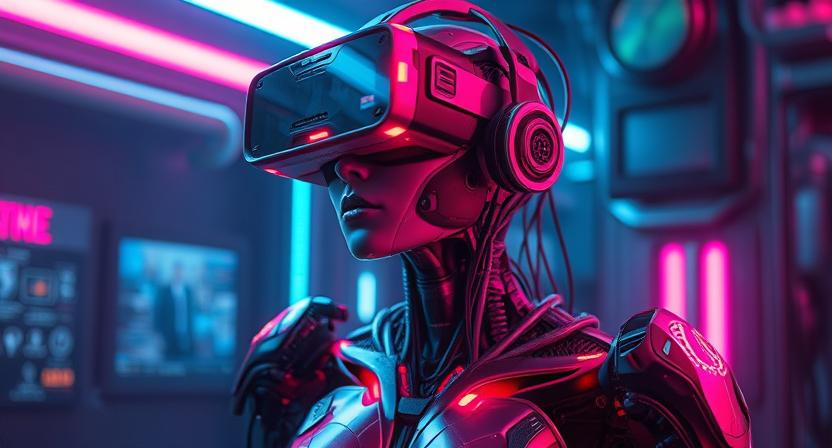Creating the perfect VR Zone involves much more than just setting up a few VR headsets. Behind every successful VR Zone lies a complex blend of architecture, technology, and user experience design. From the physical space to the virtual environment, every element must be carefully planned to ensure that users have an immersive, seamless, and enjoyable experience.
One of the primary architectural challenges of designing a VR Zone is accommodating the physical space required for immersive VR experiences. Traditional gaming setups often rely on stationary chairs or desks, but VR requires room for movement. VR Zones need to be spacious enough for users to move freely, avoid obstacles, and experience room-scale VR, where they can physically walk around within the virtual world. The design must allow for clear, unobstructed movement while ensuring that users don’t accidentally collide with walls or other participants. The layout must also include areas for storage, maintenance, and user support.
Beyond the physical space, technological infrastructure is another key consideration. A VR Zone needs high-performance hardware, including powerful computers or gaming consoles, VR headsets, motion controllers, and haptic feedback systems. In addition to the equipment, the network infrastructure must be robust enough to handle multiple users simultaneously, especially in multiplayer VR experiences. Low latency is critical for ensuring that users’ movements and actions are accurately reflected in the virtual world without lag, which could break the immersion.
Another important factor in designing a VR Zone is the integration of interactive and intuitive software. The virtual environments users engage with must be visually stunning, easy to navigate, and responsive to their inputs. Developers must ensure that the virtual worlds are well-optimized to run smoothly across different VR systems, taking into account factors like frame rates, texture quality, and user interface design. Additionally


Leave a Reply